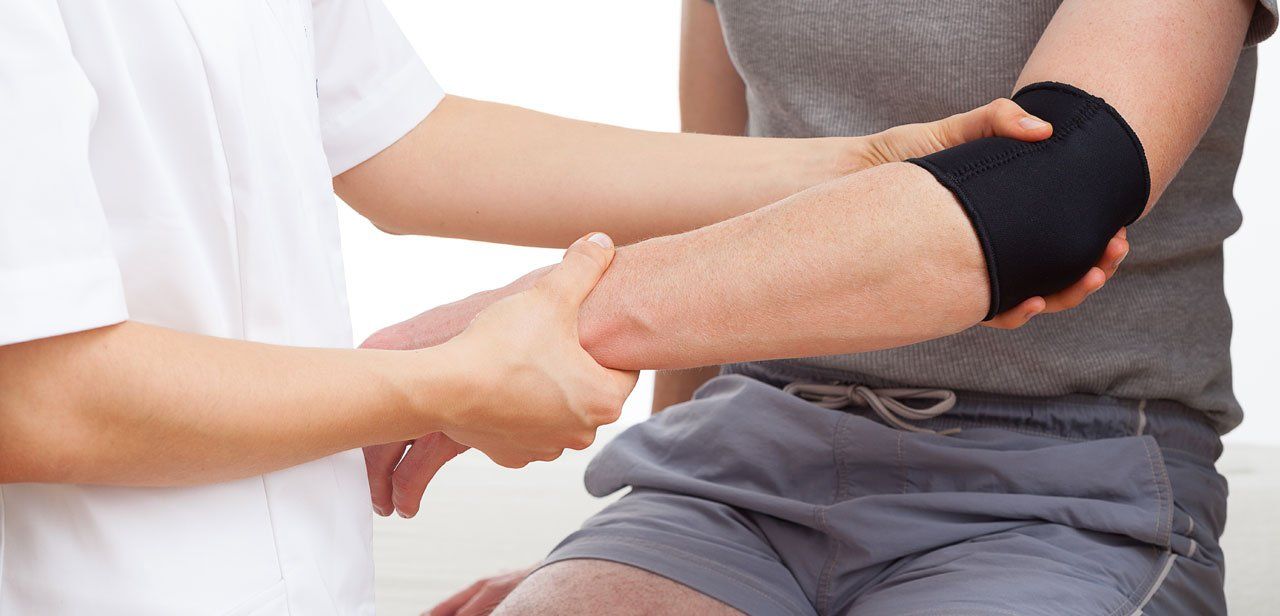Frozen shoulder
- by S ROBERTS
- •
- 22 May, 2018
- •
Frozen Shoulder - causes, symptoms & exercises

Frozen shoulder, medically referred to as adhesive capsulitis, is a disorder in which the shoulder capsule, the connective tissue surrounding the glenohumeral joint of the shoulder, becomes inflamed and stiff. Movement of the shoulder is severely restricted.
The term "frozen shoulder" is often used incorrectly for arthritis, but these two conditions are unrelated. Frozen shoulder refers specifically to the shoulder joint, while arthritis may refer to other or multiple joints. It commonly affects people aged between 40 and 60 years, and it is more likely in women than in men. It is estimated to affect about 3% of people. It can affect one or both shoulders.
The treatment of a frozen shoulder usually requires an aggressive combination of anti-inflammatory medication, cortisone injection(s) into the shoulder, and physical therapy. Without aggressive treatment, a frozen shoulder can be permanent.
Diligent physical therapy is often key and can include ultrasound, electric stimulation, range of motion exercise maneuvers, ice packs, and eventually strengthening exercises. Physical therapy can take weeks to months for recovery, depending on the severity of the scarring of the tissues around the shoulder.
It is very important for persons with a frozen shoulder to avoid re-injuring the shoulder tissues during the rehabilitation period. These individuals should avoid sudden, jerking motions of or heavy lifting with the affected shoulder.
Massage treatments done regularly can help in alleviating the shoulder pain and loosening or relaxing the stiff shoulder muscles. Other treatments done for frozen shoulder also include heat therapy, home exercises, physical therapy, non-steroidal anti-inflammatory medications (NSAIDs) and steroid injections. Immediate treatment leads to faster recovery, however, it can take anywhere from 12 to 18 months to completely restore the shoulder range of motion. Usually conservative treatments are sufficient for relief from frozen shoulder, but in some cases surgery may be required in order release the contracted shoulder joint capsule.
Massageis very beneficial in treating frozen shoulder as it increases the blood circulation to the injured region and also reduces the formation of scar tissue. Regular massage should be done to reduce the muscle stiffness. The pain and stiffness usually gets relieved after several massage treatments. It however, does not necessarily fix the frozen shoulder, but rather helps reduces pain.
Crossover arm stretch: Holding the upper arm of the affected side, gently pull the arm across in front of you, under the chin. Hold for 30 seconds. Relax and repeat.
Pendulum stretch: Stand with the shoulders relaxed. Lean forward with the hand of the unaffected arm resting on a table. Let the affected arm hang down vertically and swing in a small circle, around 1 foot in diameter. Increase the diameter over several days, as you gain strength.
Towel stretch: Grab both ends of a towel behind your back. With the good arm, pull the towel, and the affected arm, up toward the shoulder. Repeat 10 to 20 times a day.

TREATMENT: Don't leave it! You can ICE it to help bring down inflammation but the aim would be to rest and heal the area followed by strengthening it again. You must find adequate recovery time between athletic activities and strength training to help avoid further injury. Gentle stretches and movement helps to keep muscles flexible and mobile but get professional guidance on exercises. Finally massage is great way to ease muscular tension around the shoulder and arm, so regular treatments will also help.

How does this help with massage? Well Myofascial Release (MFR) is a therapy that focuses on pain, tension, soft tissue dysfunction as well as holding patterns. Muscles have memory and so does fascia, so the treatment here involves unlocking memory patterns by using gentle sustained pressure which can be held for at least 2-3 minutes or more to allow fascia to free up and realign itself. This is why this sort of therapy cannot be rushed, and both therapist and client need to be patient whilst the fascia releases.
I've used this prior to massaging my clients and is very effective way of releasing fascia before working on the intrinsic or deeper muscle areas. Sometimes muscles won't release because the fascia has lost its lubrication and alignment, so doing some MFR before you get into massaging is a great way of helping the client and therapist towards a more successful treatment.







